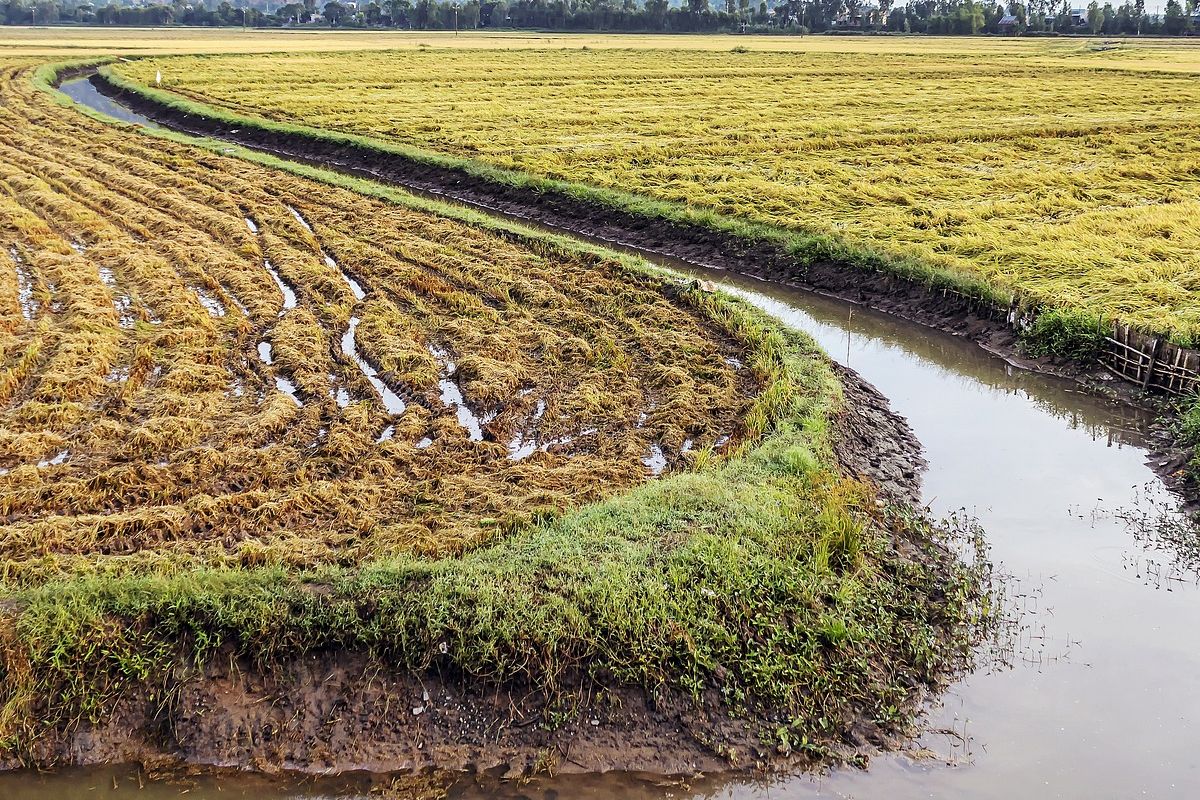Inżynieria środowiska, górnictwo i energetyka - losowych 6 publikacji z 25 najlepszych
Tombarkiewicz, B., Antonkiewicz, J., Lis, M., Pawlak, K., Trela, M., Witkowicz, R., & Gorczyca, O. (2022). Chemical properties of the coffee grounds and poultry eggshells mixture in terms of soil improver. Scientific Reports, Article 12. https://doi.org/10.1038/s41598-022-06569-x
Boguta, P., Skic, K., Baran, A., & Szara-Bąk, M. (2022). The influence of the physicochemical properties of sediment on the content and ecotoxicity of trace elements in bottom sediments. Chemosphere, 287, Article 4. https://doi.org/10.1016/j.chemosphere.2021.132366
Tryhuba, A., Hutsol, T., Kuboń, M., Tryhuba, I., Komarnitskyi, S., Tabor, S., Kwaśniewski, D., Mudryk, K., Faichuk, O., Hohol, T., & Tomaszewska-Górecka, W. (2022). Taxonomy and Stakeholder Risk Management in Integrated Projects of the European Green Deal. Energies, 15, Article 6. https://doi.org/10.3390/en15062015
Niemiec, M., Sikora, J., Szeląg-Sikora, A., Gródek-Szostak, Z., & Komorowska, M. (2022). Assessment of the Possibilities for the Use of Selected Waste in Terms of Biogas Yield and Further Use of Its Digestate in Agriculture. Materials, 15, Article 3. https://doi.org/10.3390/ma15030988
Paśko, P., Okoń, K., Prochownik, E., Krośniak, M., Francik, R., Kryczyk-Kozioł, J., Grudzińska, M., Tyszka-Czochara, M., Malinowski, M., Sikora, J., Galanty, A., & Zagrodzki, P. (2022). The Impact of Kohlrabi Sprouts on Various Thyroid Parameters in Iodine Deficiency- and Sulfadimethoxine-Induced Hypothyroid Rats. Nutrients, 14, Article 14. https://doi.org/10.3390/nu14142802
Łapczyńska-Kordon, B., Ślipek, Z., Słomka-Polonis, K., Styks, J., Hebda, T., & Francik, S. (2022). Physicochemical Properties of Biochar Produced from Goldenrod Plants. Materials, 15, Article 7. https://doi.org/10.3390/ma15072615
Inżynieria lądowa, geodezja i transport - losowych 6 publikacji z 25 najlepszych
Starczewski, T., Rogatka, K., Kukulska-Kozieł, A., Noszczyk, T., & Cegielska, K. (2023). Urban green resilience: Experience from post-industrial cities in Poland. Geoscience Frontiers, 14, Article 4. https://doi.org/10.1016/j.gsf.2023.101560
Noszczyk, T. (2023). Detecting changes in green and blue spaces: Modeling based on statistical approach. Ecological Indicators, 154, 1–11. https://doi.org/10.1016/j.ecolind.2023.110878
Noga, K., Sikora, A., Siejka, M., Natividade-Jesus, E., Moreira, C., & Skrzypczak, I. (2023). Identification of land system transformations in the Rzeszów city square. Archives of Civil Engineering, 69, Article 2. https://doi.org/10.24425/ace.2023.145287
Bieszczad, A., Popardowski, E., Lubińska, W., Gliniak, M., Nawalany, G., & Sokołowski, P. (2023). Possibility of Using Waste Materials as Substitutes for Gravel or Water in Concrete Mix. Materials, 16, Article 5. https://doi.org/10.3390/ma16051810
Gawronek, P., & Noszczyk, T. (2023). Does more mean better? Remote-sensing data for monitoring sustainable redevelopment of a historical granary in Mydlniki, Kraków. Heritage Science, 11, Article 1. https://doi.org/10.1186/s40494-023-00864-0
Dacko, M., Wojewodzic, T., Pijanowski, J. M., Janus, J., Dacko, A., & Taszakowski, J. (2023). Increase in the market value of land as an effect of land consolidation projects. Acta Scientiarum Polonorum. Oeconomia, Article 22 3. https://doi.org/10.22630/ASPE.2023.22.3.16













